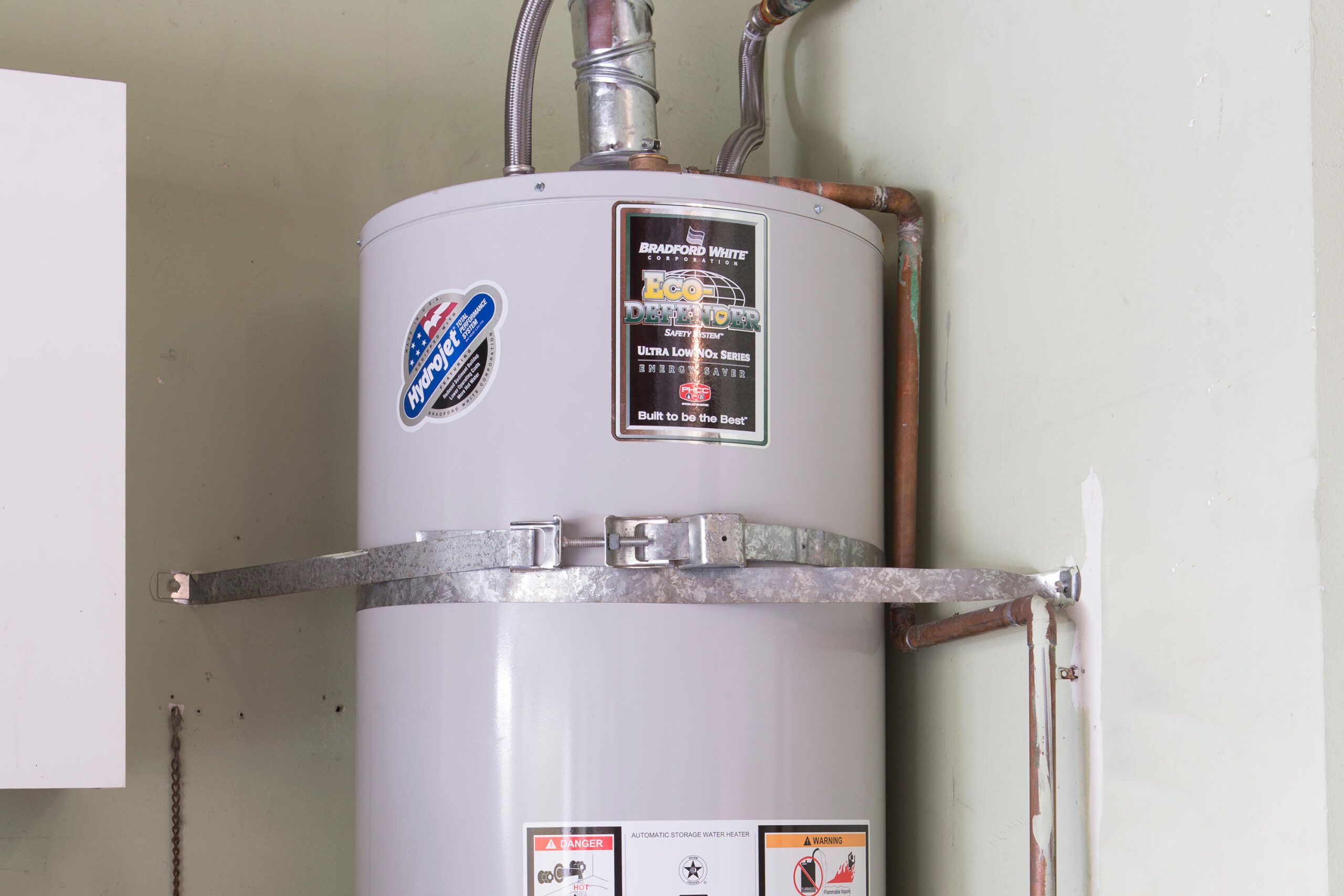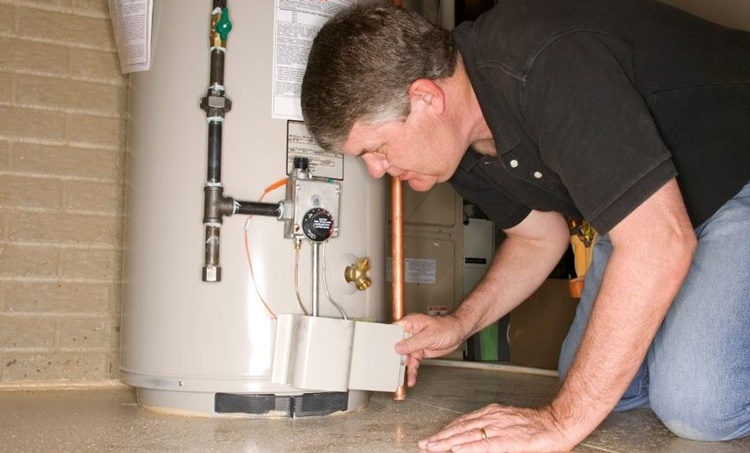Ensuring Durability of Your Home's Hot Water System: Care Advice
Ensuring Durability of Your Home's Hot Water System: Care Advice
Blog Article
What're your ideas on Tips on Maintaining a Water Heater?

Warm water is vital for everyday convenience, whether it's for a rejuvenating shower or washing recipes. To guarantee your hot water system runs efficiently and lasts much longer, normal maintenance is vital. This post offers practical pointers and understandings on exactly how to preserve your home's warm water system to avoid disturbances and pricey repair services.
Intro
Maintaining your home's warm water system could appear complicated, yet with a couple of straightforward steps, you can guarantee it operates smoothly for years ahead. This overview covers everything from comprehending your hot water system to DIY maintenance pointers and understanding when to call specialist aid.
Value of Maintaining Your Hot Water System
Regular maintenance not only expands the life expectancy of your hot water system but also ensures it runs efficiently. Overlooking maintenance can cause decreased efficiency, higher energy expenses, and also early failing of the system.
Signs Your Warm Water System Requirements Upkeep
Understanding when your warm water system requires focus can protect against major issues. Look out for signs such as irregular water temperature level, odd noises from the heater, or rusty water.
Comprehending Your Warm Water System
Before diving right into upkeep tasks, it's valuable to recognize the fundamental parts of your warm water system. Generally, this consists of the water heater itself, pipes, anode poles, and temperature controls.
Regular Monthly Upkeep Tasks
Routine monthly checks can help capture small problems prior to they intensify.
Purging the Water Heater
Flushing your hot water heater gets rid of sediment build-up, improving efficiency and lengthening its life.
Monitoring and Replacing Anode Rods
Anode rods avoid rust inside the tank. Inspecting and changing them when worn out is critical.
Inspecting and Adjusting Temperature Settings
Adjusting the temperature settings makes sure ideal efficiency and safety and security.
Do It Yourself Tips for Maintenance
You can execute several upkeep tasks yourself to maintain your warm water system in top condition.
Checking for Leaks
On a regular basis evaluate pipelines and links for leaks, as these can cause water damage and higher bills.
Testing Stress Relief Valves
Testing the stress safety valve guarantees it works correctly and avoids excessive pressure build-up.
Shielding Pipelines
Protecting hot water pipelines minimizes warm loss and can save power.
When to Call a Specialist
While DIY maintenance is advantageous, some concerns call for expert competence.
Complex Issues Calling For Expert Aid
Instances include major leakages, electrical problems, or if your hot water heater is constantly underperforming.
Routine Professional Maintenance Benefits
Professional maintenance can consist of comprehensive evaluations, tune-ups, and ensuring conformity with security standards.
Verdict
Routine maintenance of your home's hot water system is necessary for efficiency, long life, and cost financial savings. By complying with these ideas and understanding when to seek specialist assistance, you can ensure a reliable supply of warm water without unanticipated interruptions.
How to Maintain an Instant Hot Water Heater
Before tinkering with your hot water heater, make sure that it’s not powered on. You also have to turn off the main circuit breaker and shut off the main gas line to prevent accidents. Also turn off the water valves connected to your unit to prevent water from flowing into and out of the appliance. 2. When you’re done, you have to detach the purge valves’ caps. These look like the letter “T†and are situated on either side of the water valves. Doing so will release any pressure that has accumulated inside the valves while at the same time avoid hot water from shooting out and burning your skin. 3. When the purge valves’ caps are removed, you have to connect your hosing lines to the valves. Your unit should have come with three hoses but if it didn’t, you can purchase these things from any hardware or home repair shops. You can also get them from retail stores that sell water heating systems. Read the user’s manual and follow it to complete this task properly. When the hosing lines are connected, open the purge port’s valves. 4. You should never use harsh chemical cleaners or solutions when cleaning your unit. Make use of white vinegar instead. It should be undiluted and you’ll probably use about 2 gallons. 5. Now flush your water heater. This task should probably take about 40 minutes. We can’t give you specific directions for this because the procedure is carried out depending on the type, model and brand of your heater. With that being said, refer to the user’s manual. 6. When you’re done draining the unit, you have to turn off the purge port valves again. Remove the hosing lines that you earlier installed on each of the water valves. Put the valve caps (purge port) back in their respective places and be very careful so as not to damage the rubber discs that are found inside these caps. 7. Now that everything’s back in place, check your user’s manual again to find out how to reactivate your water heating system. 8. Once it is working, turn one of your hot water faucets on just to let air pass through the heater’s water supply pipes. Leave the tap on until water flows smoothly out of it. https://www.orrplumbing.com/blog/2014/september/how-to-maintain-an-instant-hot-water-heater/

As an enthusiastic person who reads on Water Heater Maintenance Tips You Can't Afford to Forget, I imagined sharing that piece of content was really helpful. Sharing is caring. You just don't know, you could be helping someone out. We love reading our article about What Kind of Maintenance Do Water Heaters Need?.
Show Details Report this page